True tale: A wrapped-up body was found among the ball gowns of Dorian Corey, the breakout star of Paris Is Burning…
By Christopher Turner
Fans of Jennie Livingston’s classic 1990 documentary Paris Is Burning will without a doubt remember drag queen Dorian Corey, the grande dame of the New York ball scene who helped popularize the concept of “shade” that is now immortalized in queer and mainstream culture. In the film, Corey delivered memorable one-liners and, of course, defined the “fundamental” act of “reading” as “the real art form of insult” long before the library opened for the fan favourite “reading” challenge that pops up every season on RuPaul’s Drag Race.
Corey could probably never have imagined the impact her cadence and observations would have on the LGBTQ+ community in the years to come. On August 29, 1993, three years after Paris Is Burning was released, Corey died in New York of AIDS-related complications. That’s when one of the oddest mysteries in LGBTQ+ history and ball culture was born. After her death, it was discovered that the drag queen had kept a mummified corpse in the closet of her New York apartment for an untold number of years. The preserved body was found among her belongings, wrapped in fake leather and stuffed in a garment bag.
Wondering how Corey ended up with a dead body in her closet? Here’s the fascinating – and true – story.
Paris Is Burning
Born in Buffalo, New York, on June 6, 1937, Corey graduated from New York City’s Parsons School of Design before she began performing in drag. She became an established costumer, winning over 50 grand prizes from voguing balls in the Harlem drag ball scene with her innovative looks – including a feathered cape she wore that transformed into a tent covering the entire audience. She was house mother to Angie Xtravaganza (who later became a mother of her own house), and in Paris Is Burning she offered the first real definitions of terms such as voguing, reading and shade to mainstream audiences.
Her experience and motherly personality led her to mentor and support numerous young queens as the mother of the drag family she created, the House of Corey. “You lend money to your friends – not very much money – and [give] advice.… Sometimes, if someone got evicted or whatever, you might take them in,” she explained on a 1991 episode of the Joan Rivers Show.
Corey may have made her mark in Paris Is Burning, but she actually appeared, decades before that, in another mesmerizing documentary following a New York City drag pageant. Frank Simon’s 1968 film The Queen captures the experiences of a group of drag queens organizing and participating in the 1967 Miss All-America Camp Beauty Contest held at New York City’s Town Hall. Corey’s appearance in the documentary, although brief, is memorable – but nothing like her star-making commentary in Paris Is Burning.
Jennie Livingston’s documentary Paris Is Burning was first released on September 13, 1990 – it premiered at the Toronto Festival of Festivals (which later became the Toronto International Film Festival). The film, which was shot over several years in the mid to late 1980s, documented gay culture and took an intimate look at the ballroom culture at the end of the “Golden Age” of New York City drag balls. Today critics consider the film to be an invaluable time-stamp and a thoughtful exploration of race, class, gender and sexuality in America during the late ’80s…in fact, in 2016, the Library of Congress selected the film for preservation in the United States National Film Registry as being “culturally, historically or aesthetically significant.”
In the film, in between footage of balls, trophies and interviews, “house mothers” Corey (House of Corey), Pepper LaBeija (House of LaBeija), Angie Xtravaganza (House of Xtravaganza), Willi Ninja (House of Ninja) and Paris Dupree (House of Dupree) discuss the highs and lows of ballroom culture. Corey truly shines here: she is witty, realistic and unflappable. In addition, emcee of the balls Junior LaBeija; model Octavia Saint Laurent; ballroom attendees Kim and Freddie Pendavis; and House Xtravaganza members Brooke, Carmen and Venus Xtravaganza are featured heavily in the film. It all ends on a sombre note, with the announcement of the tragic murder of Venus Xtravaganza. In the film, Xtravaganza describes a time she narrowly escaped an attack by a man who discovered she was transgender during an intimate encounter, and it is possible her murder occurred during a similar situation.
Before the credits roll, we hear this bit of philosophy from Corey: “I always had hopes of being a big star. But as you get older, you aim a little lower. Everybody wants to make an impression, some mark upon the world. Then you think, you’ve made a mark on the world if you just get through it, and a few people remember your name. Then you’ve left a mark. You don’t have to bend the whole world. I think it’s better to just enjoy it. Pay your dues, and just enjoy it. If you shoot an arrow and it goes real high, hooray for you.”
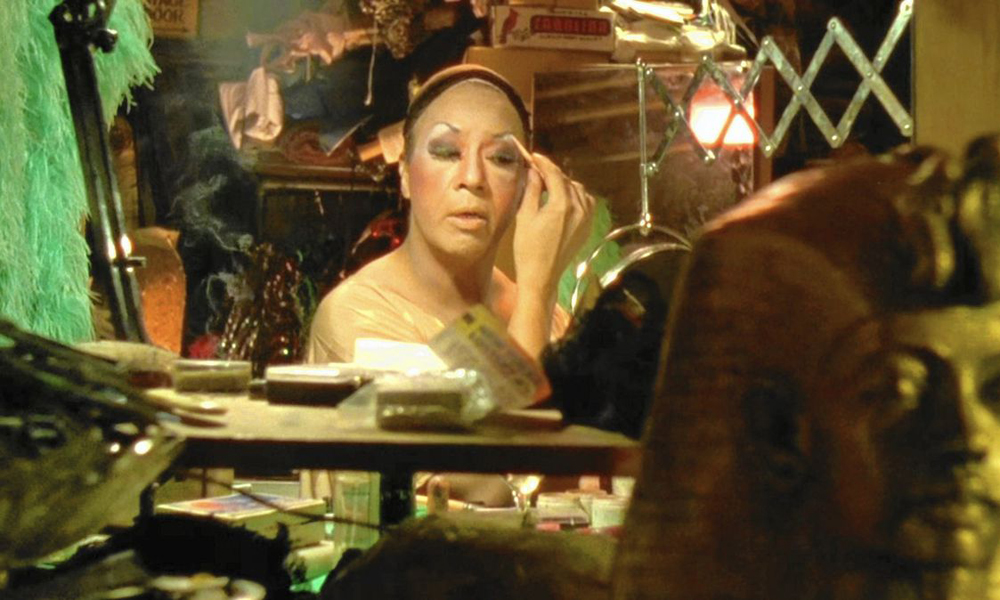
The mummy in the closet
On August 29, 1993, at the age of 56, Corey died of AIDS-related complications at Columbia Presbyterian Medical Center in Manhattan. Her cremated remains were scattered in the waters off City Island, New York.
After Corey’s death, her friend Lois Taylor, a fellow drag queen and caretaker of Corey in her final days, was put in charge of handling Corey’s personal belongings and began sorting through her apartment on 140th Street in Manhattan. In October 1993, she began selling Corey’s costumes. An article in New York magazine tells what happened next. One day, Taylor brought two men who were searching for Halloween costumes to Corey’s apartment. As they rifled through the fabric, feathers and sequins in Corey’s closet, they came across a musty green-plaid garment bag on the floor that piqued their collective interest. Unable to open the garment bag, Taylor handed a pair of scissors to one of the men, and when he began to cut it open, a “horrible stink came out of the dusty fabric bag.”
“That’s when we called the police, ’cause honey, I wasn’t chancing it,” Taylor told New York.
When the police arrived on the scene, they initially insinuated that Taylor had something to do with it.
“They said, ‘If we find your fingerprints on it….’ I said, ‘I’ll tell you one motherf**king thing: you might see my hands on top of the damn thing, but I only weigh 135 pounds. I couldn’t even move that thing.”
When investigators peeled through multiple layers – first the bag’s green fabric, then taped wrappings of Naugahyde (a type of faux leather), and then plastic – they discovered a grisly sight: the partially mummified body of a man in the fetal position who appeared to have died from a gunshot wound to the head. The man’s formerly brown complexion was now purple and yellow, his ears were mere cartilaginous vestiges, and his blue-and-white boxer shorts were tattered. The body had reportedly been covered in baking soda and then wrapped tightly to neutralize the inevitable odour. Also encased within the layers of faux leather and plastic, detective Raul Figueroa found vintage beer can lids.
Despite the technical hurdles posed by the body’s decay, Figueroa managed to extract fingerprints. The corpse was eventually identified as Robert “Bobby” Worley (also known as Robert Wells), born December 18, 1938. The only existing records from Worley’s life were criminal; he’d been arrested for raping and assaulting a woman in 1963 and served three years in prison. By most accounts, he was estranged from his family and had last been seen by them (or anyone else) in 1968.
Coupling this information with the detachable pull-tabs from flip-top beer cans that were found wrapped with the body, the detectives concluded that the shooting must have happened at least 20 years prior.
A mystery unravelled
The discovery prompted plenty of questions. What was Corey’s relationship to Worley? Could Corey have committed murder? How was the body preserved, and why had it not been disposed of? The police have never provided any official answers to the murder, and that just left the field open for speculation.
No one who had socialized or lived with Corey during that time ever recalled her mentioning Worley, let alone confessing to killing him. And superficial cues dictated that Corey had little reason to engage in violent crime.
Some of Corey’s fellow drag queens speculated that Worley was a burglar who had broken into Corey’s home, prompting her to act in self-defence. After all, Corey lived in Harlem, where violent crime ran rampant at the time. In fact, Jennie Livingston recalled that during interviews for Paris Is Burning in the late 1980s, she had witnessed numerous gunfights outside Corey’s apartment. And, in an interview shortly after news of the murder surfaced, Corey’s friend Jessie Torres affirmed that Corey had “a little .22”. Plus, there were rumours that Corey had allegedly attached a note to the body reading, “This poor man broke into my home and was trying to rob me.” Police never confirmed or denied that they found a note with the body.
Another theory speculates that the body was already in the closet when Corey moved from her apartment at 150th Street and St. Nicholas Avenue to one located 10 blocks over on West 140th Street in 1988. Yet another theory speculates that Corey was hiding Worley’s body, either for a friend or for someone in the House of Corey.
Most people believe that Worley had potentially been an abusive ex-lover of Corey and that she may have shot him in self-defence during a fight; after all, as was pretty clear from the murder of Venus Xtravaganza, abuse against transgender people by their partners was (and still is) a common occurrence in the trans community.
According to Taylor, Corey had once written a short, third-person story about a transgender woman who killed her lover in revenge after he pressured her into having sex reassignment surgery. Handwritten on a piece of paper yellowed with age, the story seemed at least loosely autobiographical – Corey had had breast implants and had possibly taken female hormones – and the story was peppered with references to her life, including the Pearl Box Revue, a touring drag show she’d performed with in the ’60s.
A final detail that supports the former lover theory: according to a police interview, Worley’s brother Fred claimed that he remembered an occasion when Worley was drunk and rambled on about someone named Dorian. So there was some sort of corroboration that Worley was in a relationship with Corey. And if that’s true, it could mean that Corey got away with murder.
Why hadn’t Corey gone to the authorities if Worley had been abusive? It’s safe to say that a Black drag queen who lived in a poor, dangerous area of New York in the ’60s, ’70s and ’80s had little chance of garnering sympathy from the police. As for why Corey kept Worley’s body wrapped up in her closet…she took that secret with her to the grave.
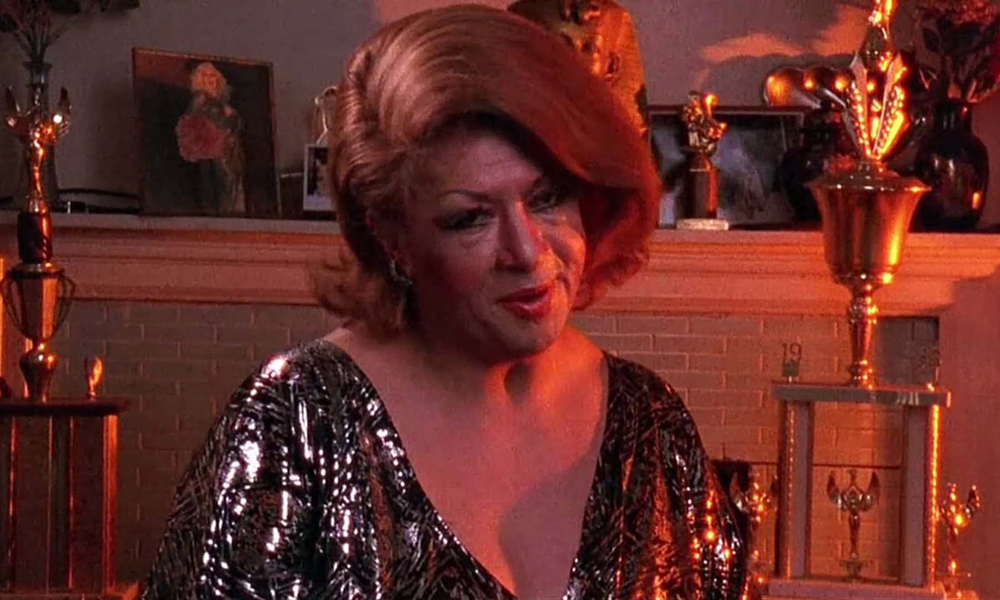
Legacy
For some reason, the fascinating true crime story is often buried in LGBTQ+ history. It did, however, inspire the short-lived musical Dorian’s Closet, which premiered in 2017 at Rep Stage, a regional theatre in residence at Howard Community College in Columbia, Maryland.
“I don’t think she had a criminal mind. She didn’t plan the murder, and when it happened, she had to think fast,” says Richard Mailman, who wrote Dorian’s Closet. “In the mind of someone who commits a crime of passion, that kind of makes sense.”
The story also loosely inspired an episode of Pose, the groundbreaking TV series celebrating the LGBTQ+ community that aired on FX from 2018 to 2021. In “Butterfly/Cocoon,” the third episode of Season 2 (which originally aired on June 25, 2019), transgender house mother Elektra (Dominique Jackson), who secretly works as a dominatrix in a BDSM club, discovers that one of her clients has died from an overdose in her private dungeon. She enlists the aid of other characters to transport, mummify and hide the body in a trunk before she confesses to Blanca (Mj Rodriguez) that even though she hid the body of the man she had accidentally killed, she knows “he will be with me for the rest of my life.” After the episode aired, director Janet Mock and Our Lady J, who wrote the episode, confirmed on social media that it had been loosely based on the legends surrounding Corey.
Of course, no one actually knows what happened except for two people, who are both dead. Without any kind of firsthand testimony from either Corey or Worley, it seems the mystery of how Worley died – and how he ended up wrapped like a mummy in Corey’s closet – will never be solved.
However, mummy in the closet or not, Corey’s legacy remains one of importance to the transgender, drag and ballroom communities, and her particular importance in the development of voguing as a cornerstone of New York ballroom culture is venerated and memorialized in the modern day. But it’s also okay to be a little fascinated with the potentially darker side of Corey, because…well…there was an actual mummy in her closet!
CHRISTOPHER TURNER acted as guest editor for this issue of IN Magazine. He is a Toronto-based writer, editor and lifelong fashionisto with a passion for pop culture and sneakers. Follow him on social media at @Turnstylin.

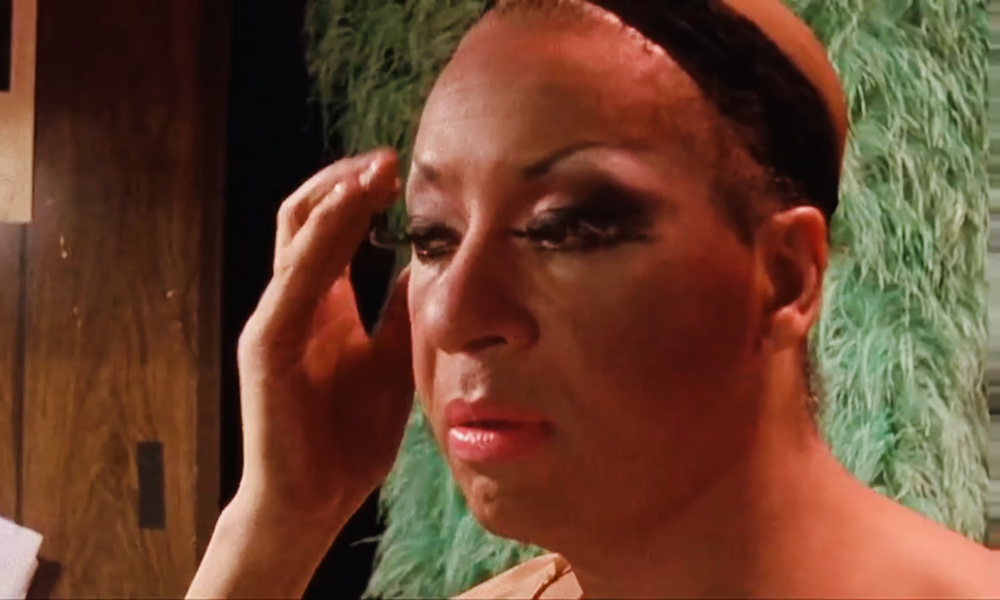

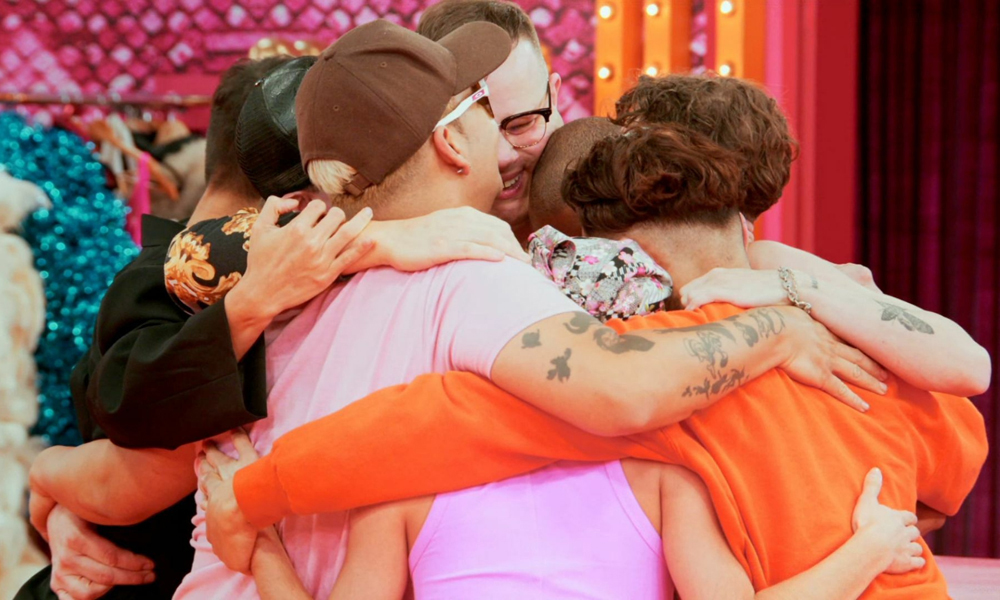
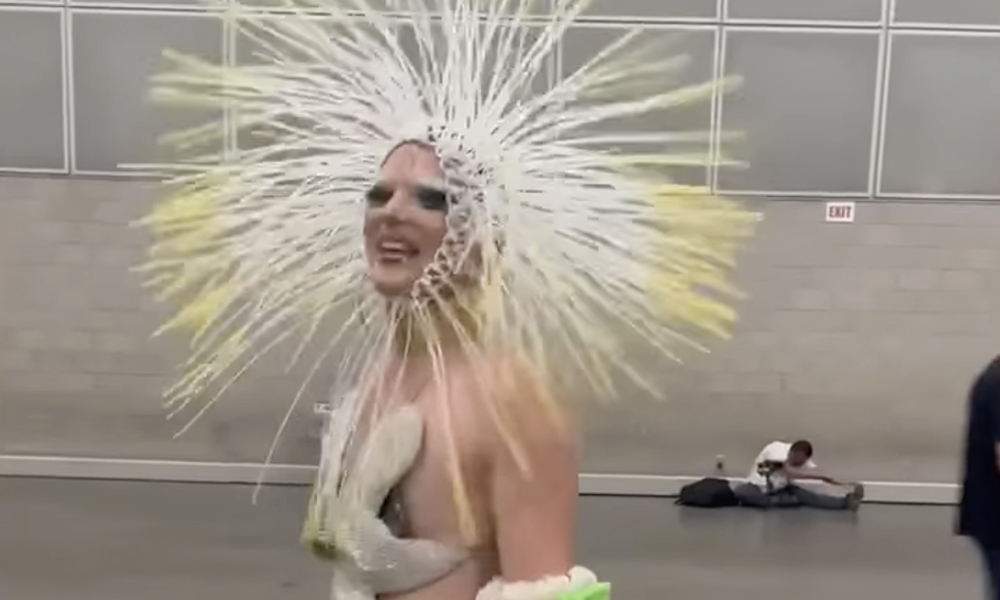

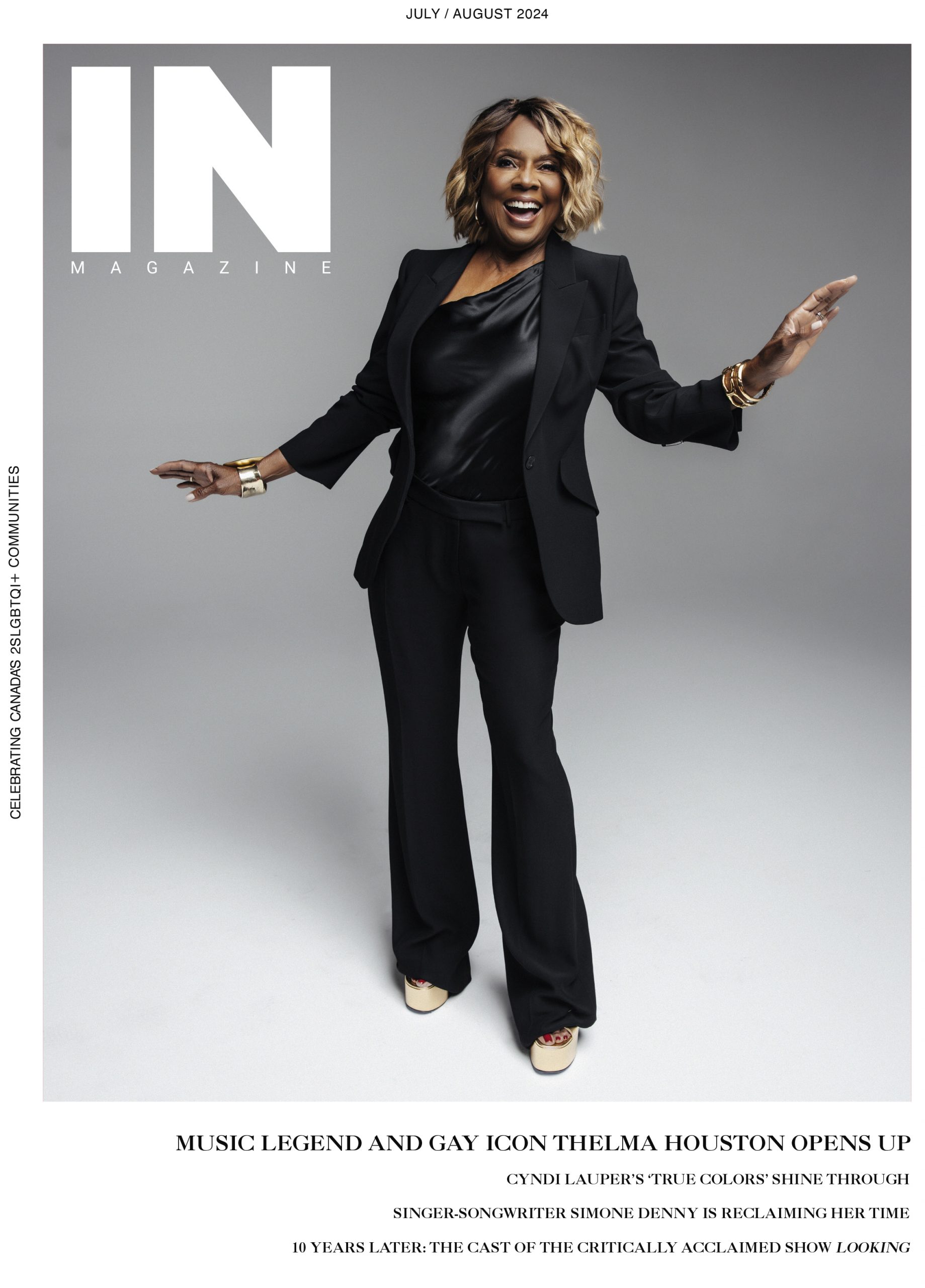
POST A COMMENT